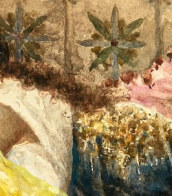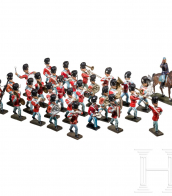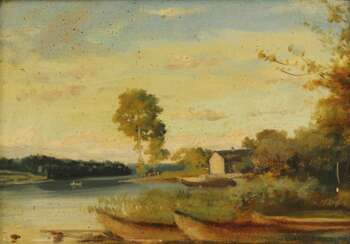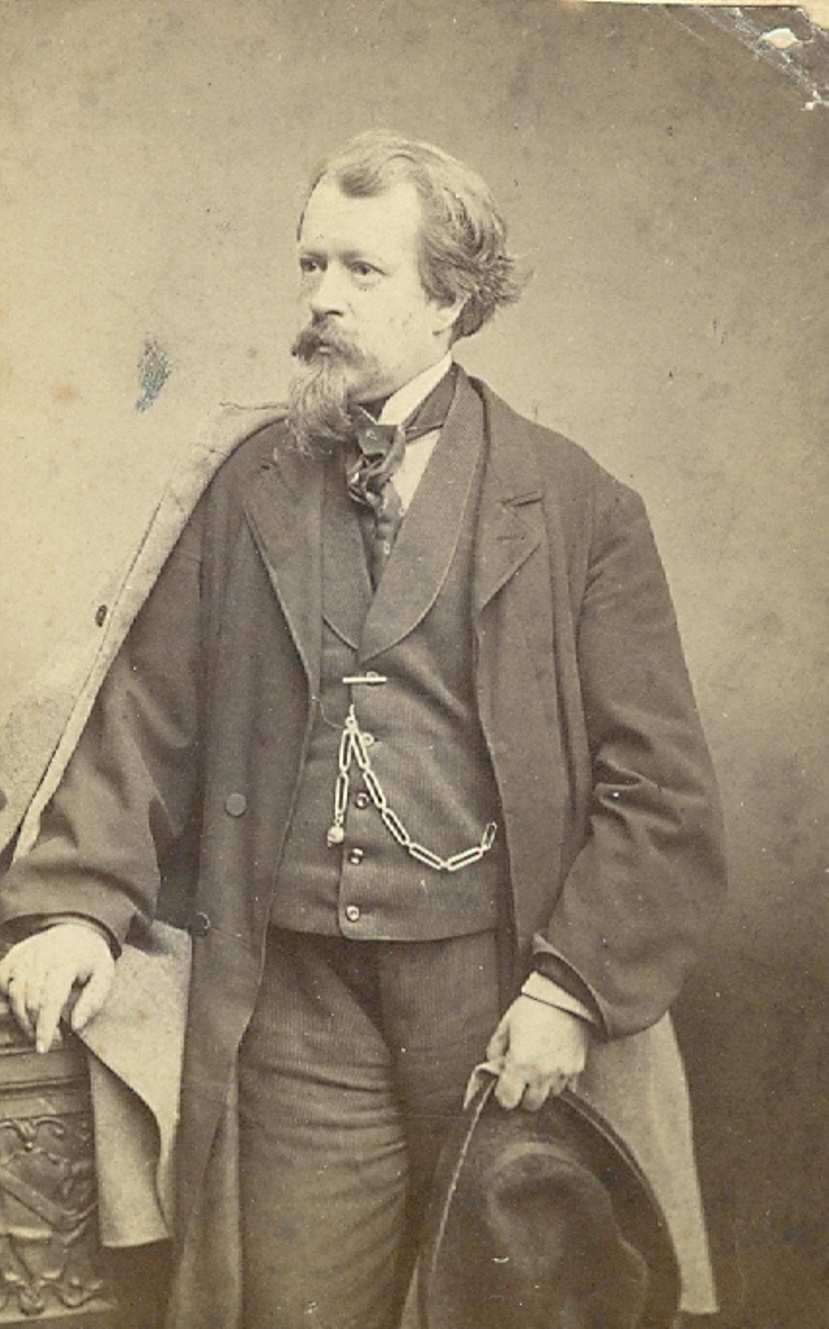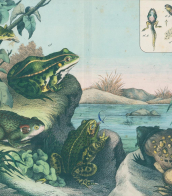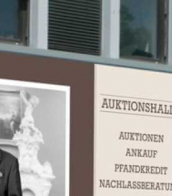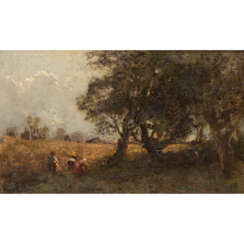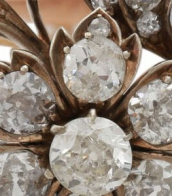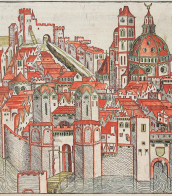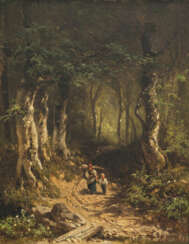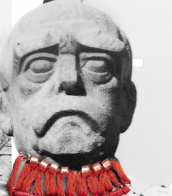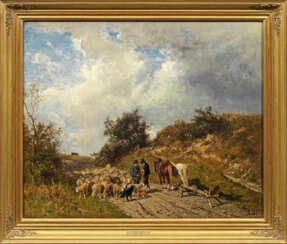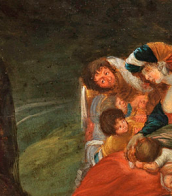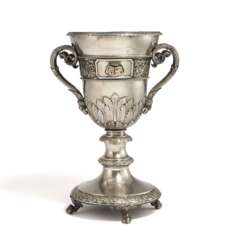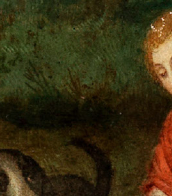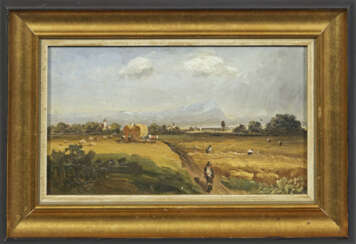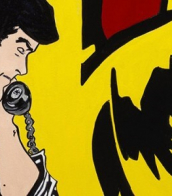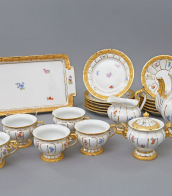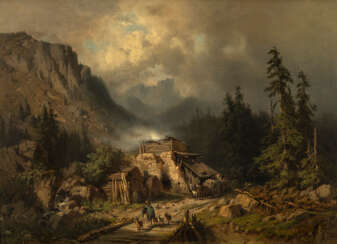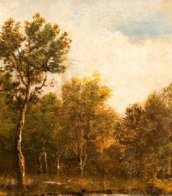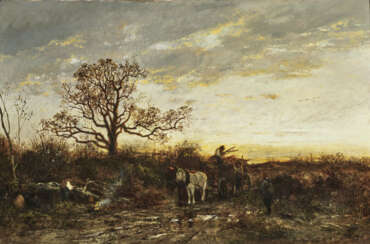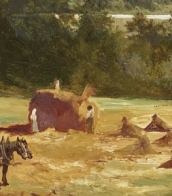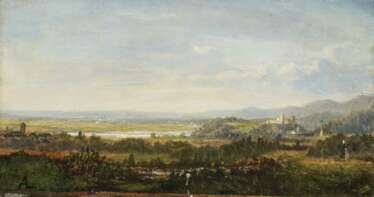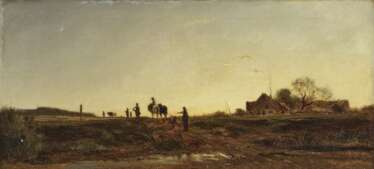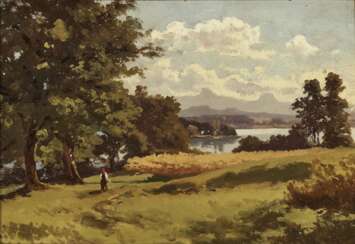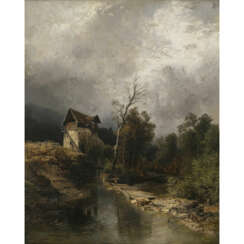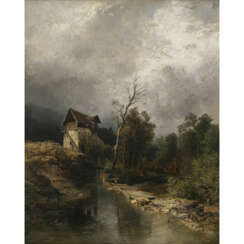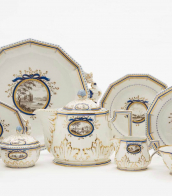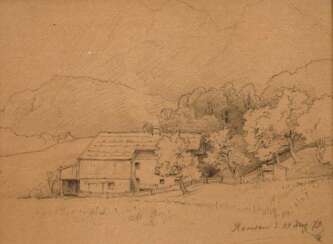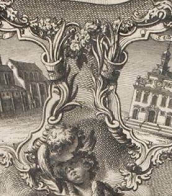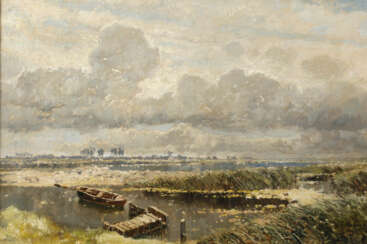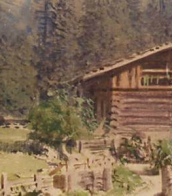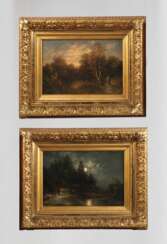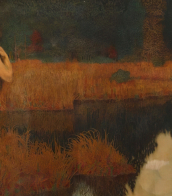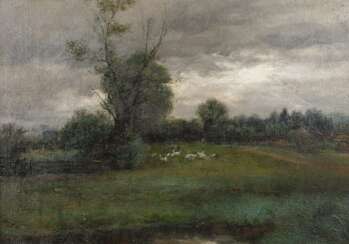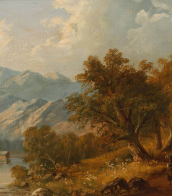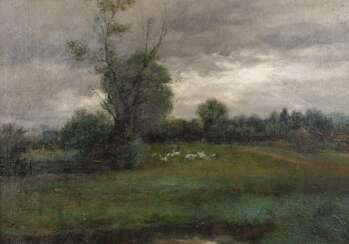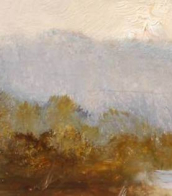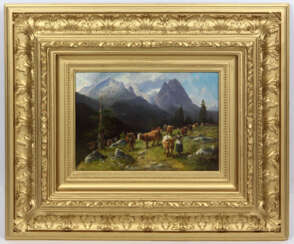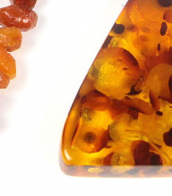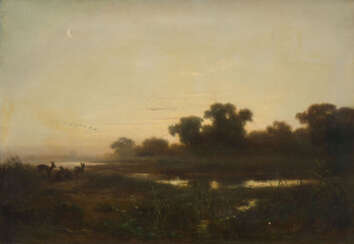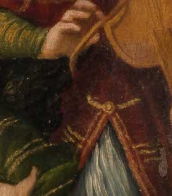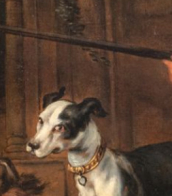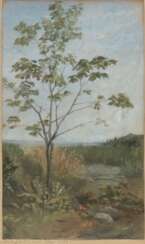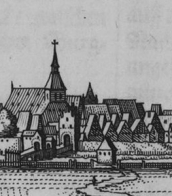adolf heinrich lier
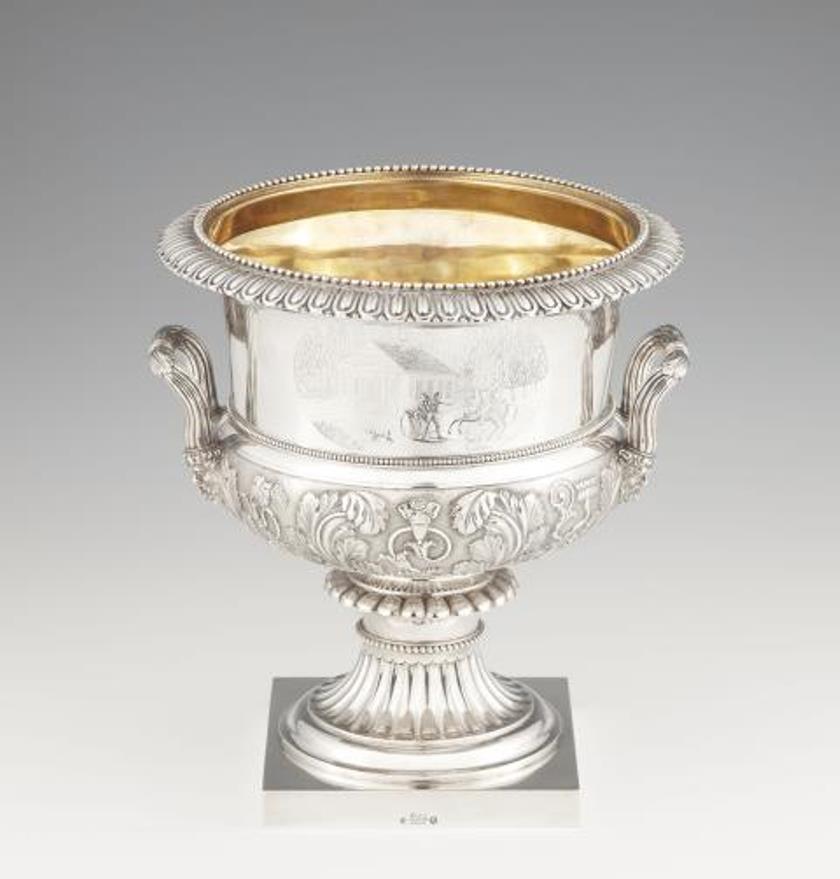
Johann George Hossauer was a German jewelry artist, entrepreneur and inventor.
Hossauer began working at the bronze factory of Werner & Mietke in Berlin and trained under the jeweler Henri de Ruolz. In 1819, King Friedrich Wilhelm III of Prussia financially supported the factory, which was managed by Hossauer. This factory produced articles of platinum, gold, silver, bronze, gilded and silvered copper and employed up to 100 people. At one of the first trade exhibitions in Berlin, the master received a gold medal for his work, and in 1826 the king granted him the title of jeweler of His Majesty the King.
As a prominent Berlin jeweler, Hossauer executed several orders of the Prussian court, including the Pour Le Merite and the Order of St. John, and also participated in the creation of the Russian Order of St. Vladimir and the Hanoverian House Order of St. George. He created silver table sets for Prussian princes and fulfilled other prestigious orders, produced jewelry, medals, and numerous pieces of gold and silverware.
In 1845, Hossauer sold his patent for the electroplating process to Werner von Siemens, and ten years later he was appointed a judge at the World's Fair in Paris.
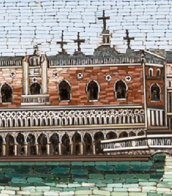
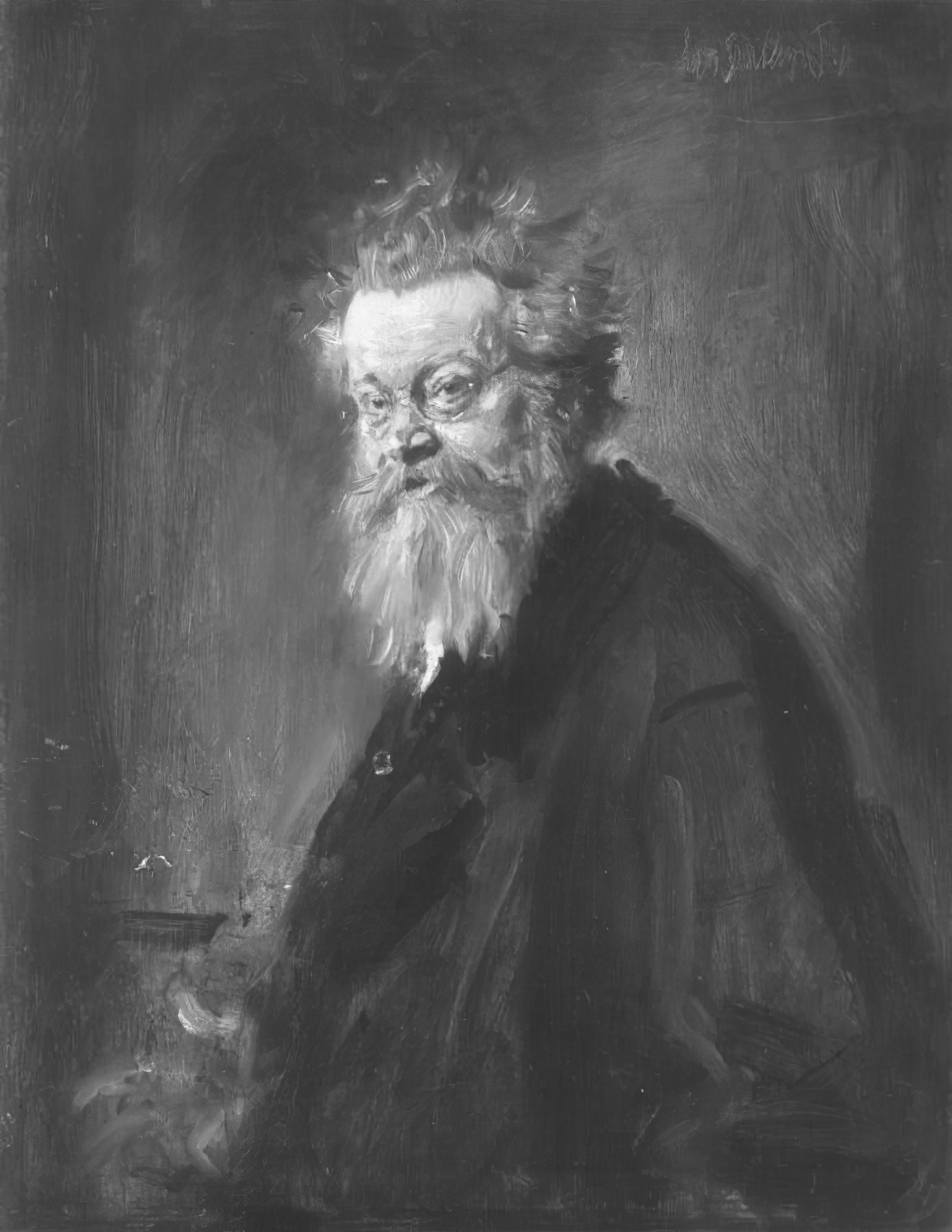
Joseph Wenglein was a German painter who is often referred to as one of the last significant landscape painters of the 19th century Munich school.
Parallel to his law studies Joseph Wenglein studied at the Academy of Fine Arts in Munich. He then switched entirely to art and became a pupil of the landscape painter Johann Gottfried Steffan. On his recommendation, Wenglein sometime later became a pupil of the painter Adolf Heinrich Lier, whose colouristic tendencies, calculated to express profound moods, particularly appealed to him.
Josef Wenglein knew how to reproduce the change of daylight, especially in spring and autumn, with a fine sense of the slightest atmospheric fluctuations and to vary the grey pleasant tone of the Bavarian plateau in all its nuances masterfully.


Joseph Wenglein was a German painter who is often referred to as one of the last significant landscape painters of the 19th century Munich school.
Parallel to his law studies Joseph Wenglein studied at the Academy of Fine Arts in Munich. He then switched entirely to art and became a pupil of the landscape painter Johann Gottfried Steffan. On his recommendation, Wenglein sometime later became a pupil of the painter Adolf Heinrich Lier, whose colouristic tendencies, calculated to express profound moods, particularly appealed to him.
Josef Wenglein knew how to reproduce the change of daylight, especially in spring and autumn, with a fine sense of the slightest atmospheric fluctuations and to vary the grey pleasant tone of the Bavarian plateau in all its nuances masterfully.
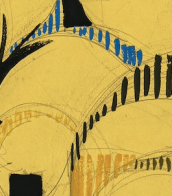

Joseph Wenglein was a German painter who is often referred to as one of the last significant landscape painters of the 19th century Munich school.
Parallel to his law studies Joseph Wenglein studied at the Academy of Fine Arts in Munich. He then switched entirely to art and became a pupil of the landscape painter Johann Gottfried Steffan. On his recommendation, Wenglein sometime later became a pupil of the painter Adolf Heinrich Lier, whose colouristic tendencies, calculated to express profound moods, particularly appealed to him.
Josef Wenglein knew how to reproduce the change of daylight, especially in spring and autumn, with a fine sense of the slightest atmospheric fluctuations and to vary the grey pleasant tone of the Bavarian plateau in all its nuances masterfully.
